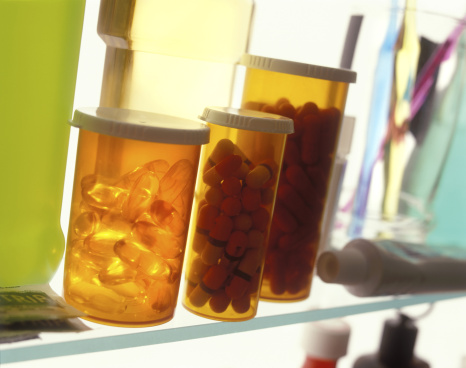On October 5, Jarden Life Sciences published a white paper discussing available strategies to help to reduce risk and variability in temperature-sensitive pharmaceutical sampling. The paper outlines the advantages of active systems for temperature assurance, which offer decreased risk, increased potential for return-on-investment and improved efficiencies for temperature-sensitive pharmaceutical sampling when compared to passive systems.
In its white paper, Jarden Life Sciences says the growing number of biologic pharmaceuticals is a contributing factor to the need for reliable methods of distributing temperature-sensitive products in the last mile of the supply chain.
“As the demand for and prevalence of biologic drugs increases, so does the need for effective, efficient and compliant solutions for distributing temperature-sensitive drug samples,” said Scott Dyvig, program manager, Packaging Engineering and Technical Services at Jarden Life Sciences. “Active temperature-control systems, like Jarden Life Sciences’ Envirocooler™ ActiVault™, offer a reliable and consistent temperature environment for the last mile of product distribution, increasing efficiencies and reducing costs over time.”
The Jarden Life Sciences’ white paper on temperature-sensitive pharmaceutical sampling provides insight into such areas as the impact of biologic drug development on product sampling; active vs. passive temperature-control systems: risks and rewards; and active systems as a business solution and key elements in the last mile of the cold chain distribution process
According to Jarden Life Sciences, passive cooling systems are the alternative to active systems, but they “require additional steps to set up and maintain and are more vulnerable to human operator error when creating the cooling environment needed to sustain the temperature range for certain pharmaceuticals, such as biologics.” The company believes active systems, on the other hand, “rely on a power source that can provide a more reliable and consistent temperature for the transport of biologic samples, substantially decreasing the number of steps taken by the user and reducing variability caused by external environmental changes.”









